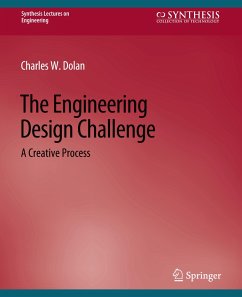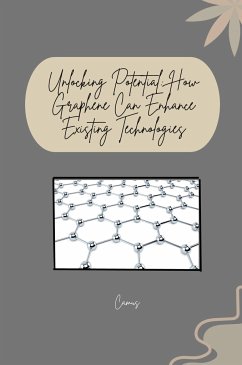
High Strain, High Stress: The Challenge of Modeling Cavitation in Biomechanics
Versandkostenfrei!
Versandfertig in 6-10 Tagen
28,39 €
inkl. MwSt.

PAYBACK Punkte
0 °P sammeln!
In biomedical sciences, numerical and modeling approaches to study biologicalsystems often present significant challenges due to their multiscale nature and theinteraction of various materials ranging from liquids and soft tissue to elastic solids.Many applications in the medical field involve the-often nonlinear-dynamicalbehavior of these materials in high strain-rate and/or high stress regimes. Oneexample where such strain-rates and stresses are generated is during cavitation ofsingle or clouds of bubbles. Treatments making use of focused ultrasound, shockwaves, or laser surgery can cause nu...
In biomedical sciences, numerical and modeling approaches to study biologicalsystems often present significant challenges due to their multiscale nature and theinteraction of various materials ranging from liquids and soft tissue to elastic solids.Many applications in the medical field involve the-often nonlinear-dynamicalbehavior of these materials in high strain-rate and/or high stress regimes. Oneexample where such strain-rates and stresses are generated is during cavitation ofsingle or clouds of bubbles. Treatments making use of focused ultrasound, shockwaves, or laser surgery can cause nucleation of bubble clouds which collapse rapidly,deforming the surrounding material at high rates and inducing very high pressuresat the bubble nucleation site. Understanding the interaction of such cavitating gasbubbles with viscoelastic materials and stiff elastic solids is thus valuable in variousapplications in the biomedical field.














